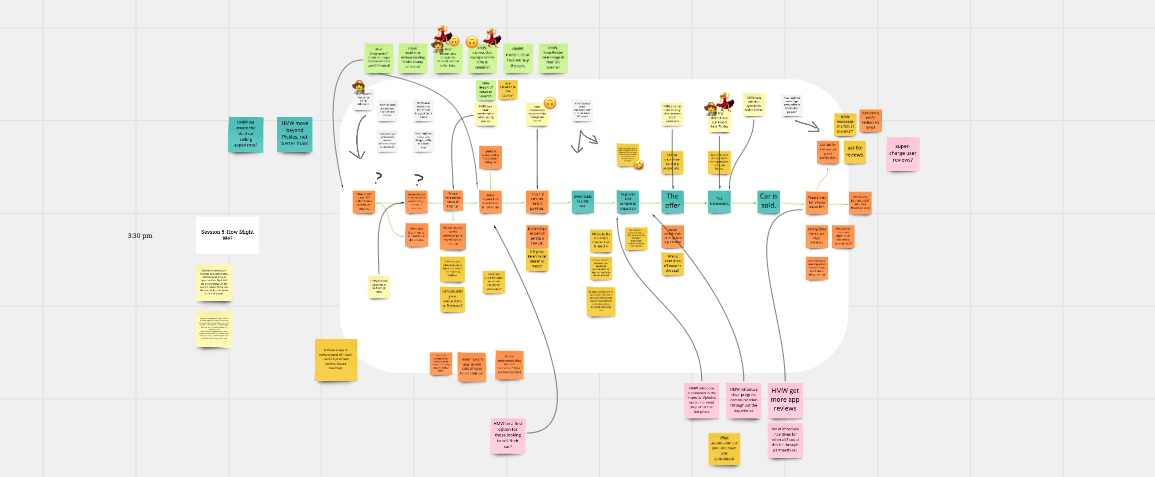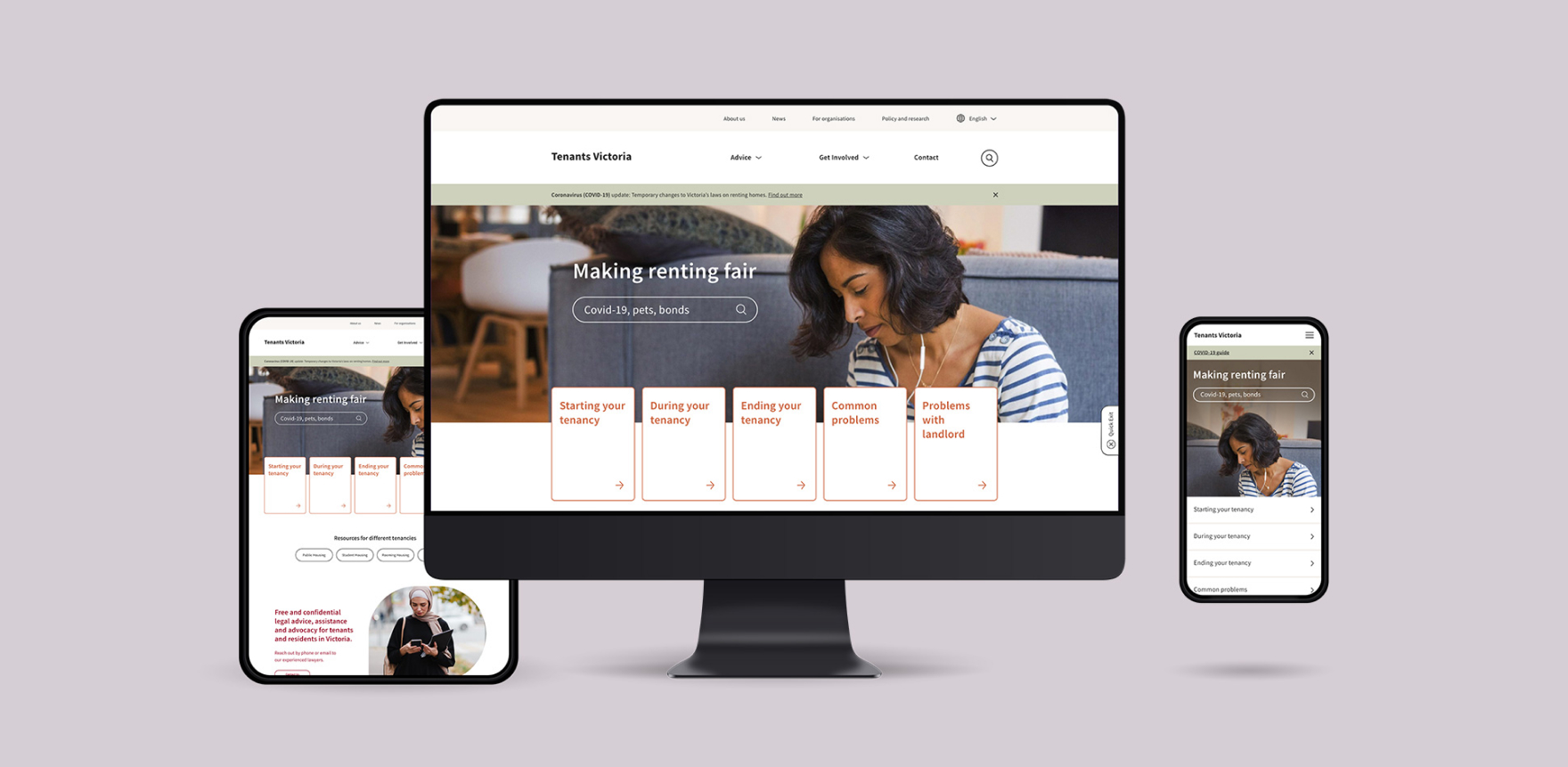Design sprints (in case you were wondering) originated at Google Ventures but are now used around the world. The idea is to build and test a prototype in five days. It’s efficient, avoids the office politics that slow down projects and gives you customer insights before investing time and money into making the real thing. Sounds good right?
These days I work at independent agency, All or Nothing, and recently I took part in a design sprint for a car sales app. I enjoyed the process and afterwards couldn’t understand why I’ve never done one before. According to other copywriters and art directors I spoke to, I’m not the only one.
Creatives have plenty to contribute. They think laterally, are critical, ask lots of questions, are good communicators and can draw a mean stick figure. So for any creatives out there wanting to try a design sprint here’s what to expect.


